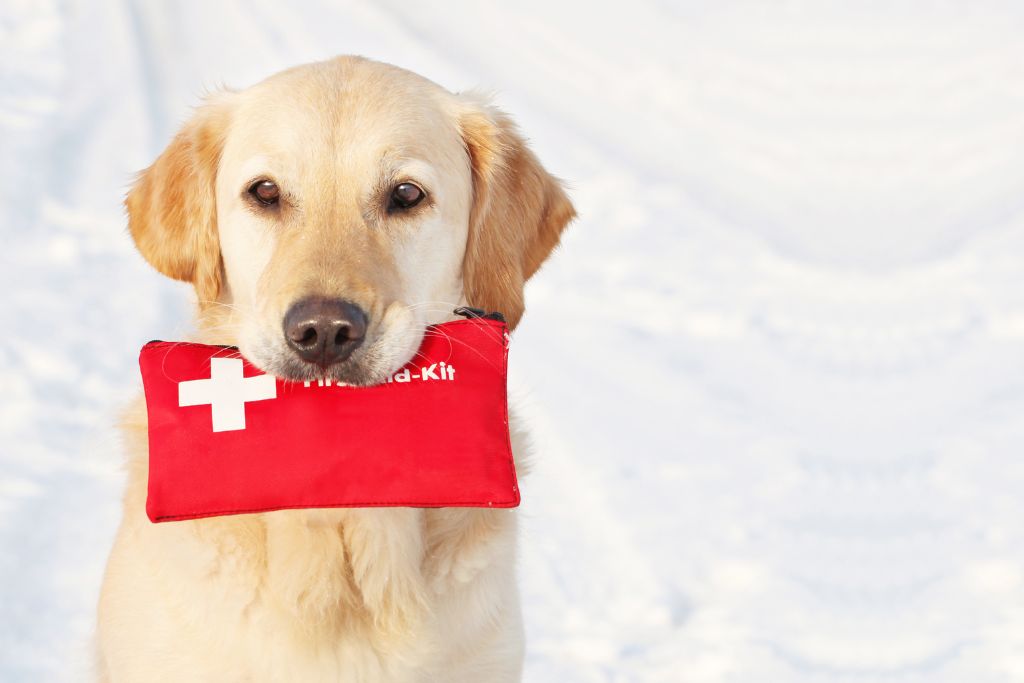Keeping your pets safe requires knowledge about what you need to do if they ever become ill. If you are unsure about what to do, you may want to learn about pet first aid. There are some steps you need to follow if your pet gets sick, such as checking their airway, treating a cut, and performing CPR.
Prepare
Having a good pet first aid kit will ensure that you are ready to take care of your animal in case of an emergency. You can find kits at most local stores, or you can build your own.
There are many ways that an animal can get injured. Common injuries include burns, fractures, and poisoning. These incidents should be taken care of immediately.

If your animal is bleeding, try to wrap the wound with gauze. If possible, elevate the affected area to prevent bleeding. Alternatively, apply direct pressure to the wound with a towel.
Another useful item to have in your pet’s first aid kit is a muzzle. A muzzle will help to control your dog’s reaction to pain.
Treat a cut
Keeping your pet’s wound clean and free from infection is a vital component of keeping your dog’s good health. A well-kept first aid kit can go a long way in preventing infection and promoting healing.
Some of the best practices include covering the cut with something, applying an antiseptic solution, and applying a bandage. The most important step is to stop the bleeding. This may seem obvious, but a bleeding pet will react aggressively.

A first aid kit should contain everything from gauze and sterile saline to tweezers, adhesive tape, and hydrogen peroxide. These items will help you protect your pet’s wound and prevent bruising.
Check your pet’s airway
Whether you are a seasoned vet or a novice, it is crucial to know how to check your pet’s airway. An unresponsive animal may be suffering from obstruction or broken ribs, causing serious damage to its organs. These injuries can lead to blindness or even death.
There are three main signs to look for when checking an unconscious animal. The first is no movement of the chest. If there is no pulse, you must perform cardiac compressions. The easiest way to do this is to feel the femoral artery in the upper inside thigh.

The second is blue lips or tongue. Those signs are indications that your pet is suffering from apnea. This is an extreme condition that needs immediate treatment.
Remove objects blocking your pet’s airflow
Performing pet first aid involves more than just giving your animal some medication and a blanket. You may have to go above and beyond when it comes to resuscitation, such as tracheotomy. The right tools and procedures will help you save your pet’s life. The following are a few steps to get you started.

The main goal is to save your pet’s life, of course. The best way to do this is to follow the aforementioned plan of action. You can do this by calling on a professional to come to your rescue or by taking the animal to a veterinary facility.
Treat a burn
Providing pet first aid for burns is essential for minimizing the severity of the burn and protecting the animal. Burns are extremely painful and can lead to complications. In addition, they can result in scars.
The severity of the burn will determine the treatment that is necessary. For a light burn, a non-stick bandage can be used to cover the affected area. For a full-thickness burn, a dressing may be used. The veterinarian will assess the wound, discuss the potential risks, and develop a treatment plan.

The veterinarian will also perform diagnostic tests to determine the extent of the wound, its health, and any additional problems. Depending on the nature of the wound, the veterinarian may perform skin graft surgeries. If the wound is infected, a topical antimicrobial point may be applied.

